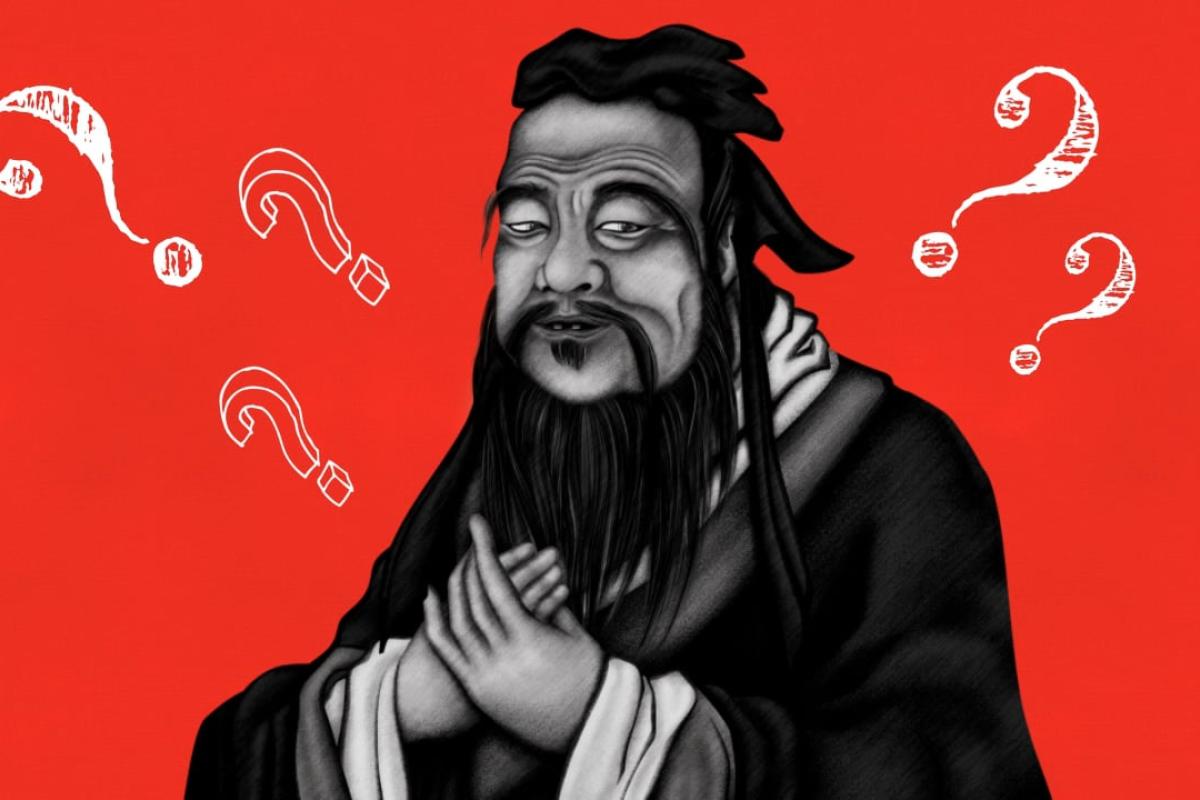In March 2014, Harvard Business Review ran a story entitled “Why China Can’t Innovate” . It highlighted the view that “the West is home to creative business thinkers and innovators, and that China is largely a land of rule-bound rote learners.”
This perception is as common in China as it is in America and Europe. A September 2015 report from the Liawong Institution, a research organisation part of the Xinhua News Agency, said that low levels of innovation are affecting the ability of Chinese manufacturing to grow from “big” to “strong”.
So is it really true that innovation comes from the West and that China is merely a country of highly efficient imitators? Or has this view simply grown from stories of Chinese “counterfeits” in the late 1970s, remaining fixed in our minds ever since?
It is certainly true that China has been modernised through effective, profitable imitation, but there is in fact a specifically Chinese understanding of innovation that brands can tap into.
It was the philosopher Confucius who said: “Let the states of equilibrium and harmony exist in perfection, and a happy order will prevail throughout heaven and earth, and all things will be nourished and flourish.” This idea of coexistence with nature is deeply rooted in all aspects of Chinese life.
Harmony has influenced architecture, design and art for hundreds of years. Joinery woodmaking from the Ming dynasty was a practice where wood was locked together with strong bonds, leaving no need for nuts and bolts, and was used to build everything from furniture to houses. The plain backgrounds and single colours common in Chinese art conveys a spirit and mood in contrast to the meticulous realism of Western art, which uses perspectives and vanishing points to achieve a scientific level of precision and accuracy.
It is these traditions that point to a particularly Chinese form of innovation, referenced by Michael Kirton’s famous theory, in which Adaptation and Innovation both sit under the over-arching concept of Creativity. Adaptors refine, while Innovators break away. Adaptors extend and improve, while Innovators eliminate and replace with new ideas. Adaptors aim to do things better, while Innovators aim to do things differently. Adaptors build on top of something existing, while Innovators build from scratch.
Today we live firmly in the age of innovation. We celebrate businesses that change the game, disrupt the market, and break new ground. Could this failure to recognise and appreciate adaptive creativity, which has for centuries been central to Chinese life, be the reason why we believe the Chinese are imitators, not innovators?
Chinese business gives us many examples of this adaptive creativity producing remarkable results. Alipay, launched in 2004, was not a new idea, but through ceaseless refinement and modification it grew into a huge financial ecosystem, connecting people with banks, retailers, food and drink vendors and entertainment providers, and moving them further towards an already largely cashless society.
WECHAT, launched five years ago, incorporates all the elements of a messaging service like Whatsapp, and a social network like Facebook. It is deeply embedded in Chinese life, helping people order taxis and takeaways, buy movie tickets, check in on flights, transfer money, pay utility bills, book doctor’s appointments, and even hold business meetings.
These examples show what can be achieved using an adaptive approach. They point to a different understanding of creativity that is important not only for global brands entering China, but also for Chinese people themselves. China is changing rapidly, and the next phase of its journey will see it characterised less by respectful imitation and more by confident innovation. In this next chapter, the brands which understand how to reflect this by conveying, through design, a distinctive but somewhat forgotten Chinese heritage, will be those that resonate most clearly with consumers, and which will reap long lasting benefits.
